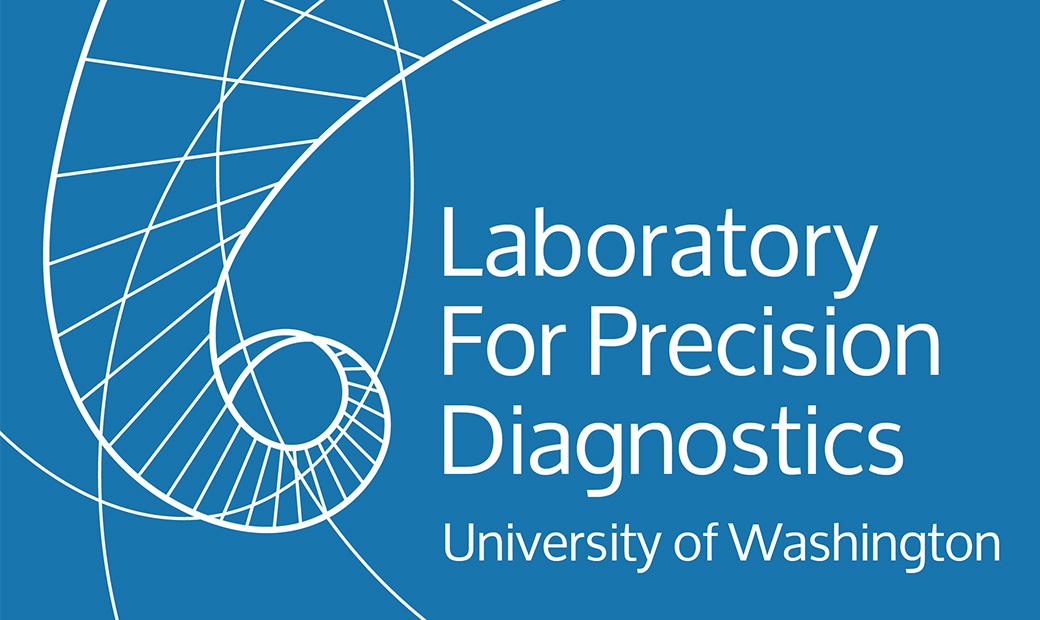PLEASE NOTE: As of August 1, 2018 this panel has been replaced by the OI and Genetic Bone Disorders Panel. Please contact the laboratory (206-543-5464) to special order.
Causative mutations have been identified in thirteen genes associated with autosomal recessive forms of Osteogenesis Imperfecta: FKBP10, CRTAP, P3H1/LEPRE1, PPIB, SERPINH1, SP7/OSX, SERPINF1, PLOD2, ALPL, BMP1, TMEM38B, WNT1 and CREB3L1. The CDL offers a testing panel that sequences these 13 genes simultaneously; this panel is recommended for those individuals with a clear clinical diagnosis of OI who have had normal COL1A1 and COL1A2 gene sequencing studies.
When considering recessive forms of OI, consultation with the laboratory genetic counselors or laboratory director is recommended as clinical and family history and x-ray review may be needed. Occasionally new candidate genes for recessive form of OI will be included as part of the panel; there is no additional charge for testing of these genes.
For guidelines on the correct test to order and for pertinent references, go to OI Guidelines for Diagnostic Testing.
